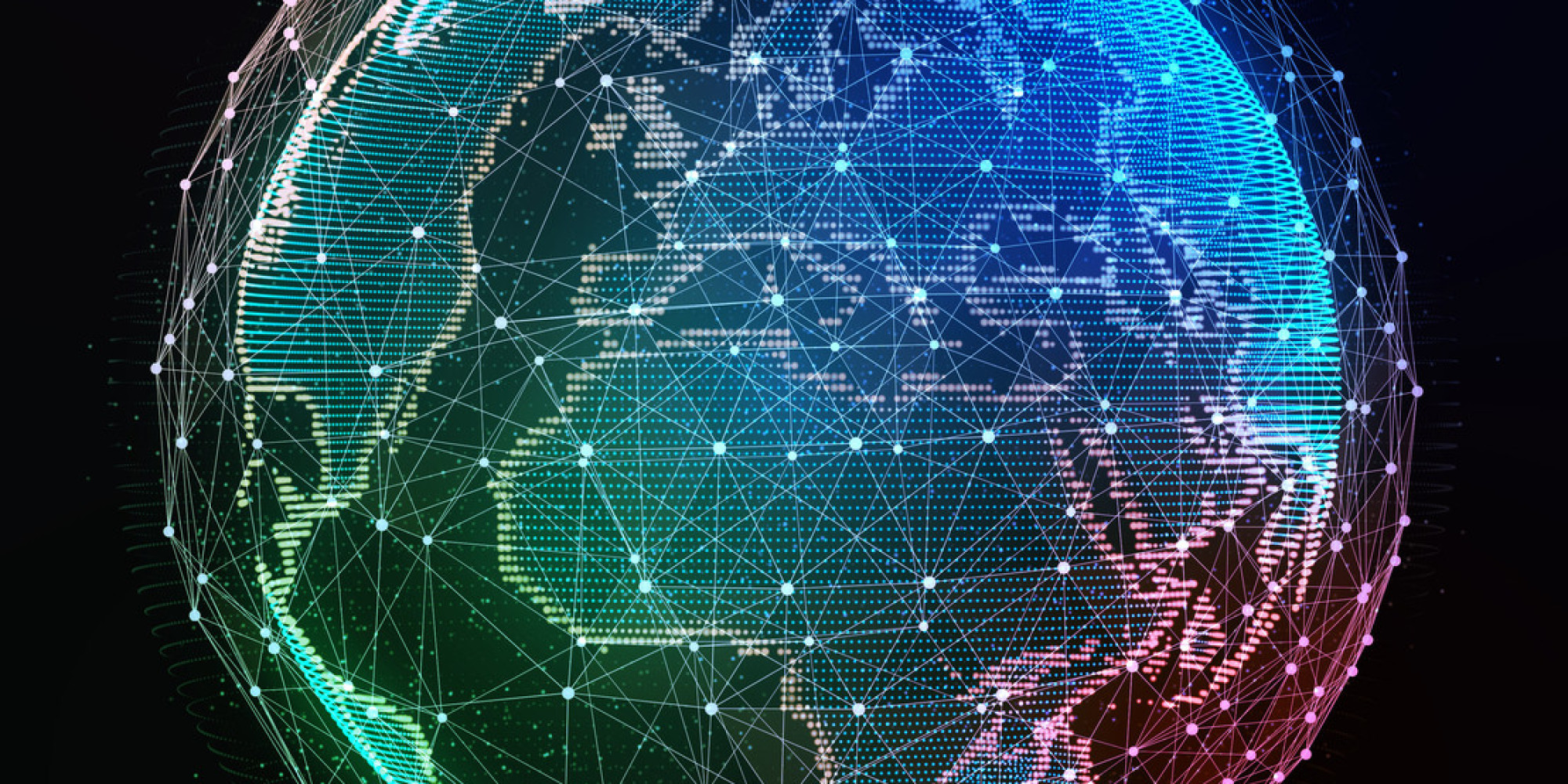Thoughts on IoT and Finance
- by 7wData

IoT, smart devices, wearables, mobile technology and nanotech - yes, nanotech - are forcing financial services incumbents and challengers to rethink every aspect of their value chains. Those value chains are getting to be exponentially more distributed and automated. Increased digitization means more data being generated, from all kinds of places at an accelerating rate. IoT, regardless of your perspective, promises to enable the development of new value-added services to improve and automate user engagement, customer acquisition and service delivery - everywhere at all times.
In insurance for instance, user engagement is very low. Customers like it that way because there are no incentives for them to interact other than once a year when a policy holder renews it. But recasting the current low engagement environment with an IoT lens, insurers may be able to develop value-added services that give customers a reason to engage more frequently. One way to do it is by providing discounts. An example would be to give customers price breaks if they opt-in to apps that monitor perspiration levels, body temperature, and heart rate via smart clothing. Sounds far fetched? Think again.
My friend David Bray, the FCC's CIO, once said this: "...in 1977, 4.2 billion people lived on earth and the first Apple II went on sale running at 1MHz w 4 KB of RAM (note, that is the first half of a second of your favorite MP3 song)." He continued, "today there are 7 billion people, about 850 million web servers online, and about 4 billion zetabytes of digital content worldwide. By 2022 there will be 8 billion people, 75-300 billion networked devices globally and 96 zetabytes of digital content is estimated to exist".
96 zetabytes, by the way is 96,000,000,000,000,000,000,000 bytes = 96 billion trillion bytes. With this kind of exponential growth the opportunities are incalculable because data is the building block of the digitized economy. Information its lifeblood and for that reason there are billions being deployed in IoT by players in almost every sector of the economy. Real money to be sure yet for some products and services, like wearables and smart-home devices, the consumers themselves will bear the costs. For other products, including but not limited to: automobile driving monitoring devices, smart city clouds, connected cars, smart farming, and industrial embedded data to name a few there is zero or very little incentive for consumers to bear the cost. So in applications like these, companies are expected to seek partnerships with OEMs and OEDs to embed technologies (e.g., RFID tags) into their products. Alternatively, innovators in the space may play a more integrated role designing and inventing applications for incumbents delivering IoT enabled services and products.
RFID involves wireless communication that uses radio waves to identify and track objects. It is analogous to a smart digital barcoding system that allows users to uniquely identify items without direct line-of-sight, identify thousands of items simultaneously and identify items within a defined proximity. It can tell you what an object is, where it is, and how it is making the technology an indispensable IoT building block applicable in everything from supply chain and logistics finance to smart payments.
Another interesting technology being used - telematics.
[Social9_Share class=”s9-widget-wrapper”]
Upcoming Events
Evolving Your Data Architecture for Trustworthy Generative AI
18 April 2024
5 PM CET – 6 PM CET
Read MoreShift Difficult Problems Left with Graph Analysis on Streaming Data
29 April 2024
12 PM ET – 1 PM ET
Read More




